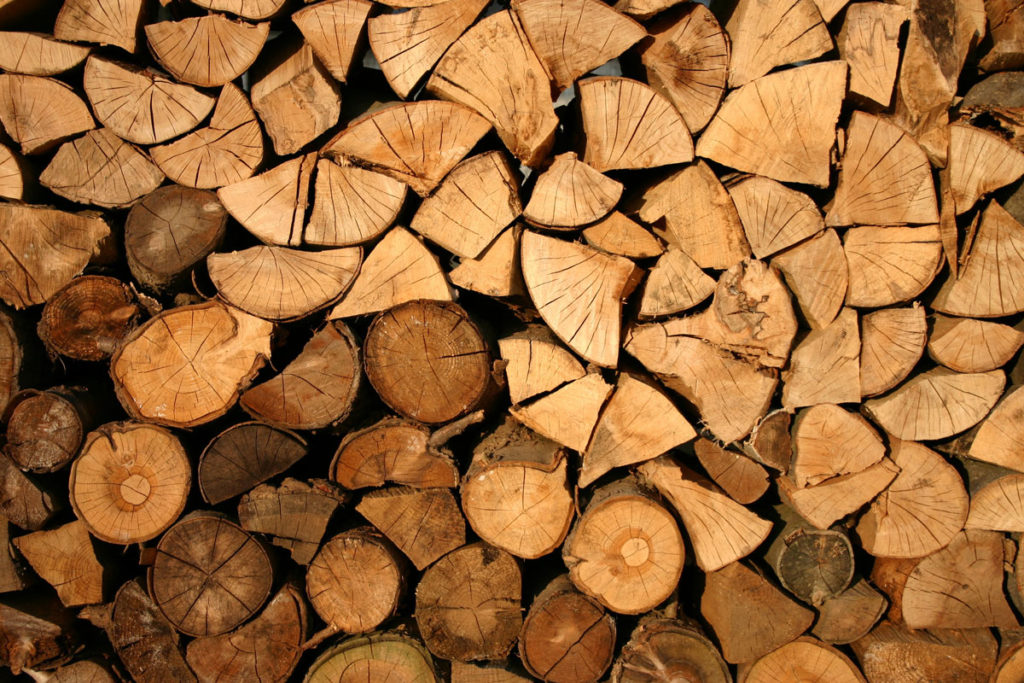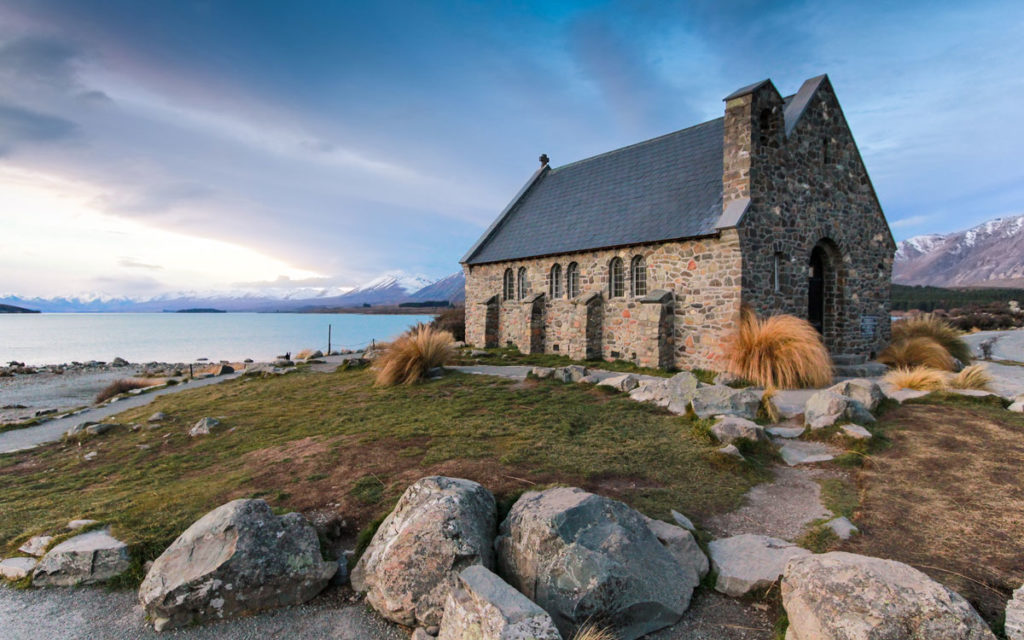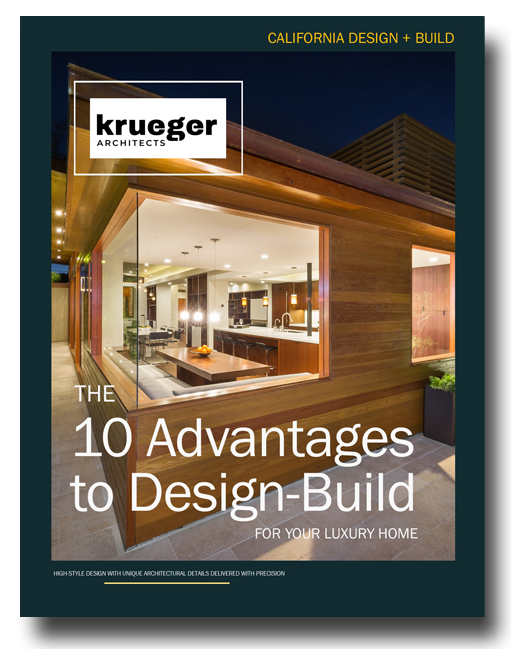One of the fundamental ways architects think about design is how the structure will interact with the land and the environment. Unlike the needs for mass GI housing after WWII, where builders clear cut the land and plopped down tract homes, today’s architecture is focused on integrating with the environment and reducing the overall footprint created by building and maintaining the structure. Some people may call this Green Architecture, but we also refer to it as Smart Architecture with tangible benefits.
This is true whether you’re looking at a beach front home in Malibu or Marina Del Ray, a hillside home in the Hollywood Hills or Benedict Canyon, or homes in the desert or the valley. All of these different topographies existing right here in the Los Angeles area and our philosophy is to preserve the natural characteristics of the landscape and use it to enhance the design. Designing a home that is optimized for it’s setting is what elevates a home to a luxury property. Issues such as air flow, building orientation, energy usage, technology, and overall style and aesthetic are all considered as are cost savings, minimized environmental impact, support of local economies, and better quality of life. Plus, by 2020 per Title 24, all new homes in the state of California will be required to follow Net-Zero energy efficiency standards making it essential to be practicing and implementing Green “Smart” Architecture now. So with Earth Day just around the corner, let’s debunk common misunderstandings about sustainable building:
Myth #1: Sustainable homes are expensive.
You have to think about the entire life of the home and not just the initial building costs, which may be a little higher. When green homes are designed thoughtfully, they reduce overall energy usage and therefore reduce the long term costs of running and maintaining the home and property. For example, solar panels pay for themselves in 3 to 5 years. Imagine not paying for electricity. That would be a nice feeling, wouldn’t it? Low flow showers and plumbing fixtures save on water usage. Why are we filling up a toilet with clean water just to dispense it away? A grey water retention system may make sense. Many of my clients save on heating their pool because they use solar water heaters or choose salt water pools because of the lack of chemicals needed to maintain them. Other strategies include using energy efficient appliances, lighting, and enhanced insulation.
Myth #2: Green building design is complicated.
People get very overwhelmed when they think about everything that’s required for the design and construction of a new home when you are trying to be green. Even architects and designers can feel this way. Green building does not need to be high-tech or overly complicated. Green homes have been built for centuries. Passive strategies such as the building’s orientation can capture breezes and combined with the use of windows and overhangs can provide shade in the summer and let light in during the winter. Cross ventilation makes the home more comfortable and limits air conditioning and heating costs. Great examples of passive green design are in local and vernacular architecture, in old farmhouses and barns. People-oriented their buildings intelligently, because they had to… otherwise, they’d be met with harsh conditions.
Myth #3: Green buildings require weird materials.
The core components for green building are available right here in California. Beautiful and thoughtful materials like California Redwood are responsibly harvested here. Stone quarries dot Southern California. Local artists and design-build firms like Kurt Krueger Architects custom fabricate items often for less than it would be to have a similar item shipped to us. Specialty imports are not required and in fact sourcing materials locally is one of the best things you can do for the environment. By not having to ship items around the world, we greatly reduce our carbon footprint and we can ensure that the items are produced in environmentally friendly ways and the labor that is used is treated ethically.

You can use a lot of different materials due to the ease of shipping internationally… but you don’t always know what you get or how it was made. Unfortunately, we’re seeing a trend of products that might work initially, but are failing under normal use conditions and are having to be replaced sooner. Imported materials aren’t always built to last. Also consider that some products may use materials that for health reasons have been banned inside of the U.S. For example, lead paint and high VOC cabinets. The manufacturing process can often create vast amounts of pollution, which is not permitted in the U.S. Labeling isn’t always accurate either, simply because you order 100% recycled materials from overseas, doesn’t mean that’s actually what you are getting, it is just a label and their can be little to back up the claim.
In some instances following these practices may be slightly more expensive upfront, but lower than what most people expect. You also have the added peace of mind that you are creating a home built with the best materials and with the highest integrity. Local materials also tend to fit in better with the design and landscape because they are a closer fit to the natural environment whether that’s concerning durability or look.
The greenest materials are often repurposed. Repurposing existing materials gives the home a new life and will reduce environmental impact; plus this can save money. By choosing to keep it, you’re making an environmental statement and valuing the quality and character of past craftmanship. Many people are unaware of the historical significance of the home they are considering tearing down. The Los Angeles area has many Mid-century modern homes that with the proper team in place can be restored to a modern showpiece and be redesigned to meet the needs of modern living. I am conscientious of the tension between taking away from the environment or adding value to it. This is especially true when are you deciding whether to build a new home or remodel an existing one. Rather than tearing down a home, consider preserving and restoring it. The cost of tearing down, plus all that material going to the landfill is tremendous. Not to mention, a lot of the material used to build older homes you can’t get anymore including old growth timber, specialty tiles, and light fixtures.
Myth #4: Green buildings look wacky.

A green home doesn’t have to be ugly or weird. A sustainable green home is full of natural light and fresh air, open to the outdoors, and made from beautiful natural materials. The reality is green buildings are far from weird. Some people think of those oddly shaped hippie houses with composting toilets from the 1970s environmental movement–this is not what green building looks like today. We design green homes that are integrated into the land, as if growing out of the hill it’s perched on. Green design is essential to any type of good architecture.
Myth #5: The whole thing is a fad.
Sustainable building design is here to stay. Green appliances and fixtures aren’t new; Energy Star-approved appliances have been around for several decades. We use them here in California to follow our green building codes. We are also looking to other countries that may be ahead of the U.S. in some areas and we are already integrating those best practices into our design work. As renewable resources dwindle, green building is becoming more urgent. Our society has been awaken to and understands more and more every day about the importance of caring for our planet and doing it in a responsible and ethical way. It means making smart decisions now.
Green design saves money and creates lasting comfort. One green home does make a difference. Building several green homes makes a huge impact when multiplied out. 40% of the energy used in the U.S. is consumed by buildings. That’s more than the entire transportation system. Buildings consume more than 30% of all freshwater and 25% of wood products. It’s the path we must follow to survive.






